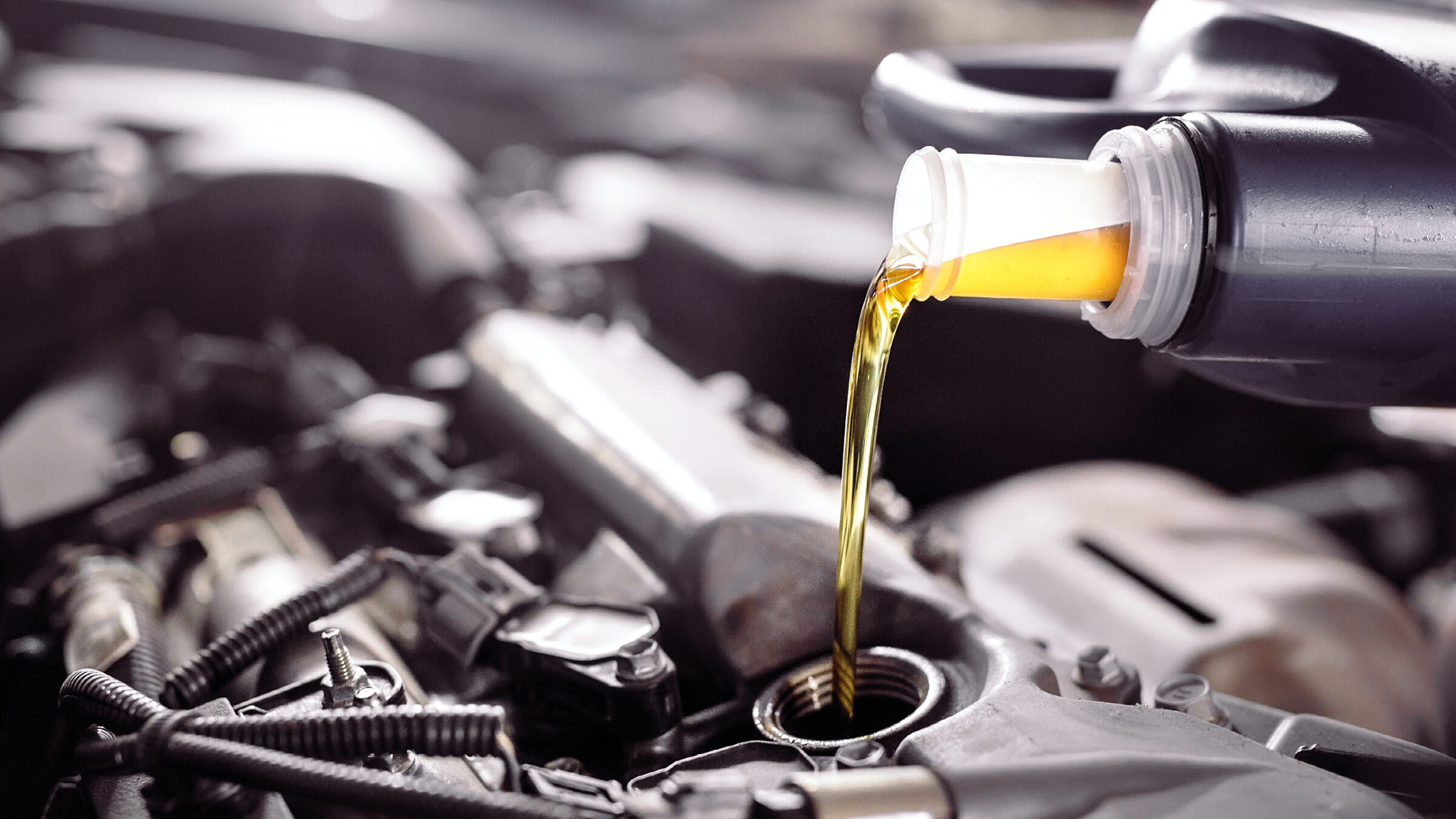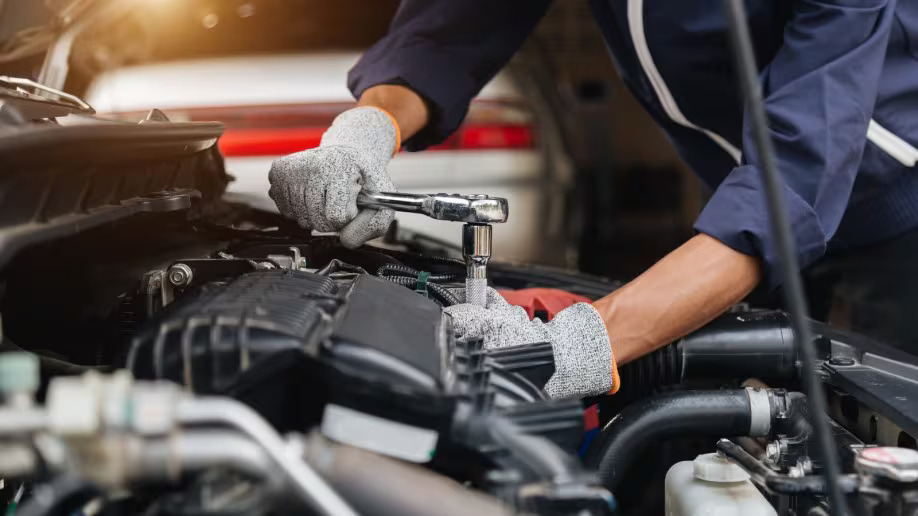Maintaining proper fluid levels is essential for your car’s performance and safety. Fortunately, checking and replenishing these fluids is straightforward and can be done at home. In most vehicles, there are five main fluids to regularly monitor: windshield wiper fluid, oil, power steering fluid, brake fluid, and coolant. Each of these fluids plays a unique role, and keeping them at optimal levels helps your car run smoothly and safely.
Windshield Wiper Fluid is vital for visibility, especially in adverse weather. Though it doesn’t impact engine performance, it ensures a clear view by cleaning the windshield. Checking it is simple: find the cap marked with a windshield icon, open it, and ensure the reservoir is full. Top it off as needed to maintain clear visibility during drives.
Engine Oil lubricates engine components to reduce friction and prevent overheating. To check oil levels, locate the oil cap, marked with an icon resembling Aladdin’s lamp, and use the dipstick nearby. After pulling out the dipstick, wipe it, insert it again, and check the oil level against the minimum and maximum markers. Clean, light-colored oil indicates good quality, but if it’s dark or gritty, an oil change is necessary. Always let the engine cool before checking.

Power Steering Fluid helps maneuver your car effortlessly. Without enough fluid, steering becomes difficult. Under the hood, find the power steering cap (usually marked with a steering wheel icon) and use the attached dipstick to check the fluid level. Ensure it’s between the minimum and maximum lines, adding more if needed to keep steering smooth and responsive.
Brake Fluid is crucial for responsive braking. If you experience delayed or “spongy” braking, check the brake fluid immediately. The brake fluid reservoir is marked with a hexagon or labeled as such. Like oil, it should be translucent; dark or cloudy fluid indicates contamination and requires replacement. Correct brake fluid levels ensure safe and reliable braking performance.
Coolant (Antifreeze) regulates engine temperature and prevents overheating. Never check coolant with a hot engine, as pressure can cause scalding fluid to spray. Look for the translucent reservoir near the radiator and ensure the coolant level is between the max and min lines. Any oily residue or particulate in the coolant means it’s time for a flush and refill.
Regularly checking these five fluids can prevent engine wear and costly repairs. Each fluid has its specific function, from aiding steering and braking to keeping the engine cool. If unsure about any fluid levels, consult a mechanic for guidance. By maintaining fluid levels, you contribute to the longevity and safety of your vehicle, making it a reliable and well-maintained asset.

